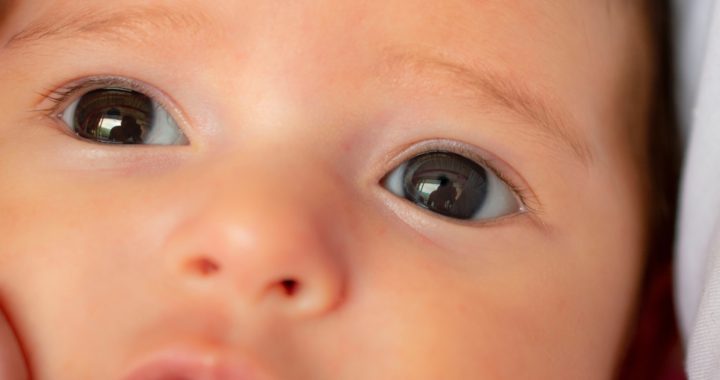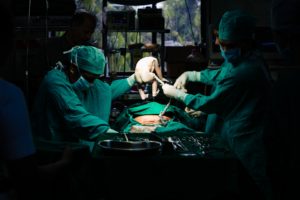


 As I write this, the British prime minister has just announced that we are going back into national lock down in a few days. I read in the news about fines in some countries for not wearing a mask. The streets today look very different than they did a year ago, with people’s faces hidden behind the required masks, if they dare to go out at all.
As I write this, the British prime minister has just announced that we are going back into national lock down in a few days. I read in the news about fines in some countries for not wearing a mask. The streets today look very different than they did a year ago, with people’s faces hidden behind the required masks, if they dare to go out at all. Birth Replay?
Birth Replay? Settling the Little One
Settling the Little One Masking our Feelings, Finding our Breath
Masking our Feelings, Finding our Breath Awakening Your Social Engagement Nervous System
Awakening Your Social Engagement Nervous System